
Migrating from Spring MVC to Spring Boot
Spring Development
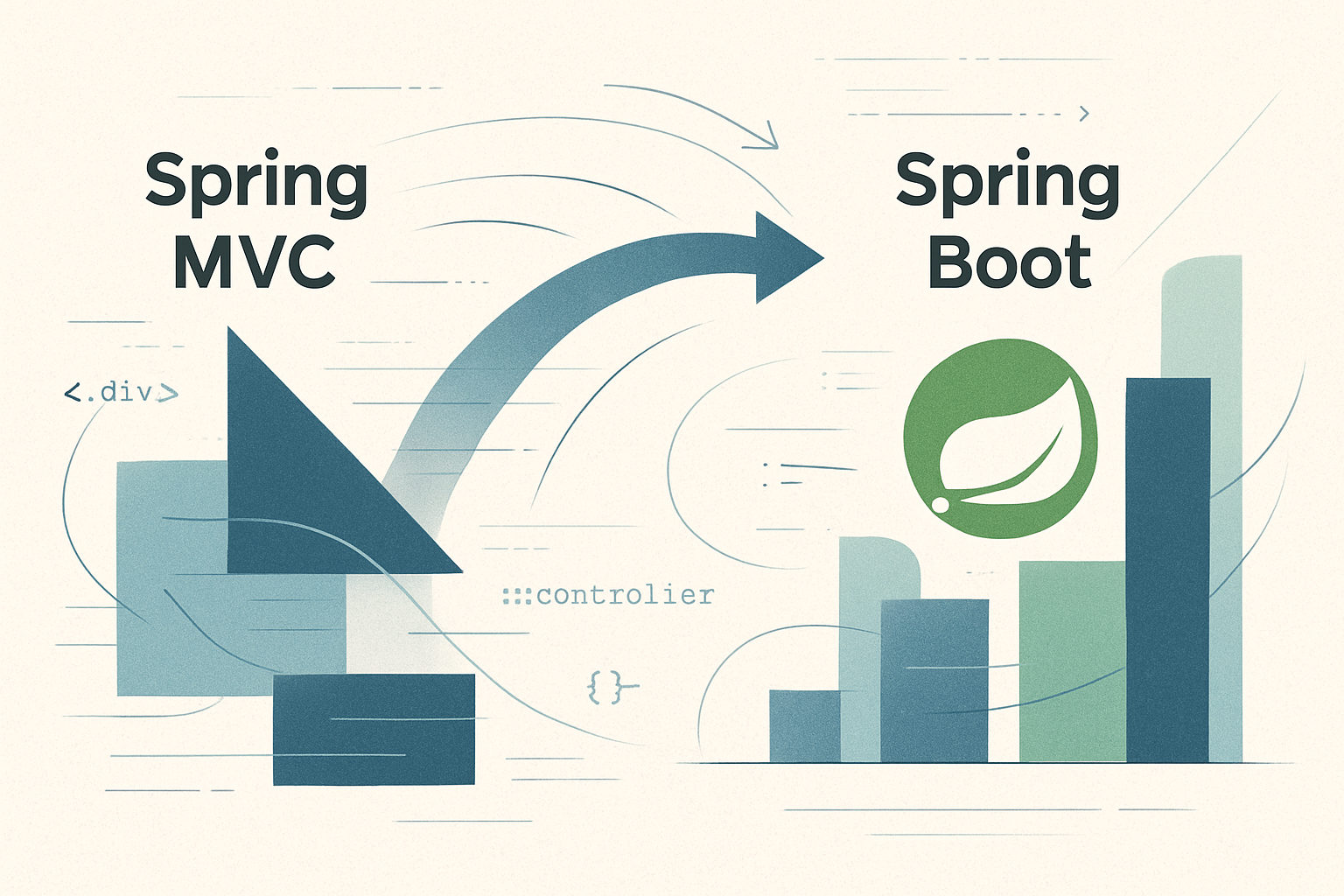
The landscape of Java enterprise development has been significantly reshaped by Spring Boot, offering a streamlined approach compared to traditional Spring MVC. While Spring MVC provided robust web application development, its complexity in configuration and deployment often hindered rapid development cycles. Spring Boot addresses these challenges with convention-over-configuration, intelligent defaults, and embedded servers, allowing developers to focus on core business logic. This guide explores the strategic and technical aspects of migrating from Spring MVC to Spring Boot, detailing the process, benefits, and solutions to common challenges.
The Strategic Case for Migration
Migrating to Spring Boot offers compelling advantages:
Development Velocity and Productivity
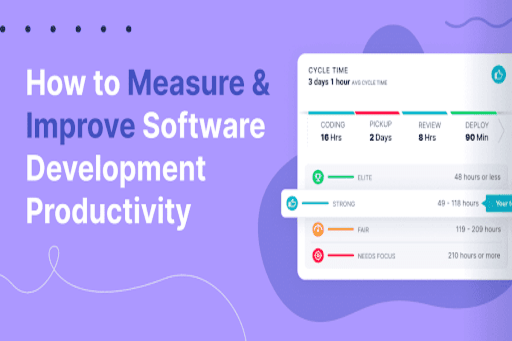
Spring Boot accelerates development through simplified dependency management and auto-configuration. Its starter dependencies reduce manual configuration, speeding up project setup, especially for microservices architectures. The embedded server capability simplifies deployment, transforming applications into self-contained, executable JARs, leading to more predictable and efficient deployment pipelines.
Operational Excellence and Monitoring
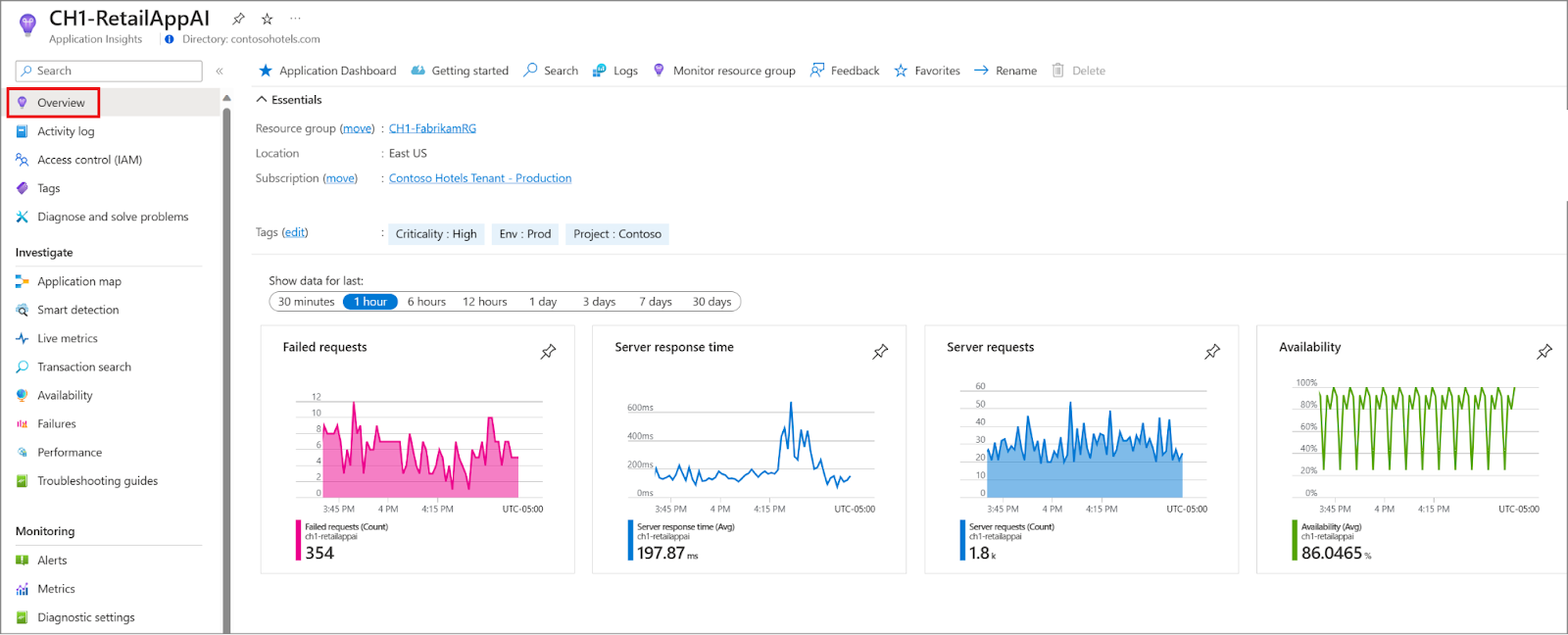
Spring Boot enhances operational visibility with production-ready features like the Actuator module, providing out-of-the-box health checks, metrics, and monitoring. This supports modern DevOps practices by enabling externalized configuration for different environments, facilitating continuous deployment and consistent behavior across stages.
Architectural Modernization
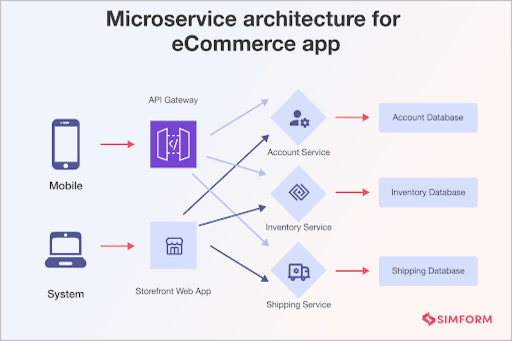
Spring Boot is ideal for microservices and cloud-native development due to its lightweight nature and embedded servers. It integrates seamlessly with containerization technologies like Docker and orchestration platforms like Kubernetes, making it a natural fit for modernizing application architectures. Its support for reactive programming (Spring WebFlux) also enables efficient handling of high-concurrency scenarios.
Migration Planning and Assessment
Successful migration begins with thorough planning:
Application Architecture Analysis
Analyze your existing Spring MVC application's architecture, including dependencies, configurations, and integration points. Pay close attention to database integration patterns and security implementations to determine appropriate Spring Boot starter dependencies and migration strategies.

Dependency Inventory and Mapping
Create a comprehensive inventory of all application dependencies. Identify potential conflicts with Spring Boot's managed dependencies and opportunities to simplify dependency management using Spring Boot starters. Address legacy dependencies and ensure third-party library compatibility.
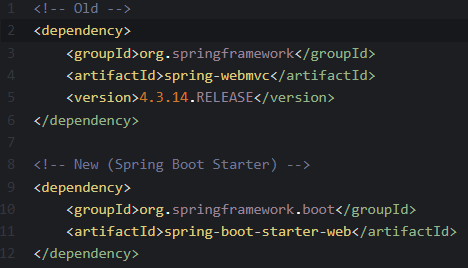
Performance and Scalability Considerations
Assess current performance and scalability requirements to establish baseline metrics. Understand how Spring Boot's embedded server model might impact performance and plan for necessary tuning or configuration adjustments.
Implementation Strategy and Execution
Execute the migration systematically:
Environment Setup and Project Structure
Set up the new Spring Boot project, leveraging Spring Initializr. Design the package structure to support Spring Boot's component scanning. Configure the build (Maven or Gradle) to manage dependencies effectively, utilizing the Spring Boot Bill of Materials (BOM) for version consistency.
Organize packages for component scanning:
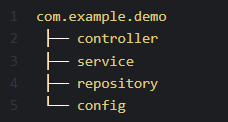
Configuration Migration Strategies
Transform XML-based configurations from Spring MVC to annotation-driven or property-based configurations in Spring Boot. Use @Configuration classes for complex setups and externalize properties using application.properties or application.yml for environment-specific settings.
Old XML datasource:
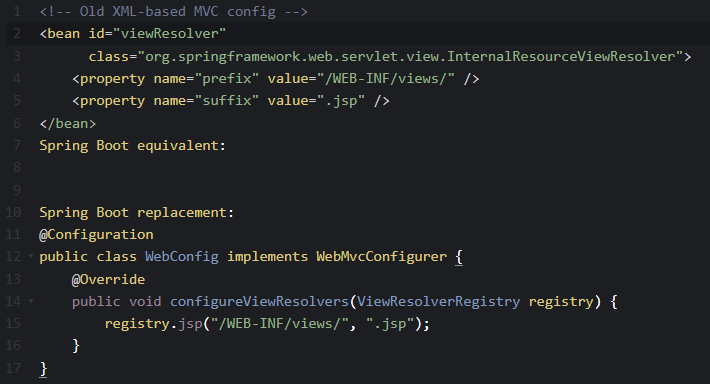
Spring Boot replacement:

Component Migration and Refactoring
Migrate application components (controllers, services, repositories) by updating annotations and configurations. Spring Boot simplifies many aspects, often eliminating the need for explicit configuration of web infrastructure components. Data access layer migration can be streamlined with Spring Data JPA and Spring Boot's auto-configuration for data sources.
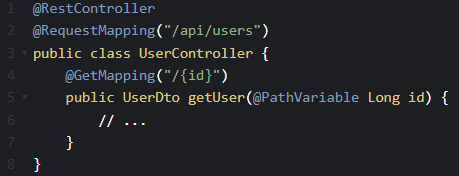
Testing Strategy and Validation
Implement comprehensive testing using Spring Boot's enhanced testing capabilities. Utilize @SpringBootTest for integration testing and specialized annotations like @WebMvcTest for focused layer testing. Ensure both functional and non-functional testing to validate the migrated application's correctness, performance, and security.
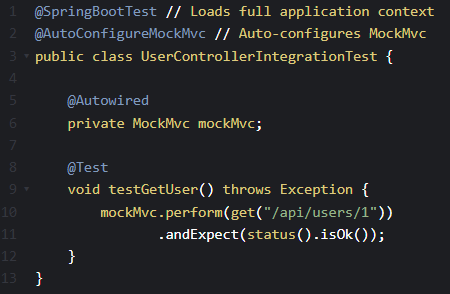
Common Migration Challenges and Solutions
Address common challenges proactively:
Dependency Conflicts and Version Management
Resolve dependency conflicts by carefully evaluating version requirements and leveraging Spring Boot's BOM. Update conflicting dependencies or exclude transitive ones as needed. Use Spring Boot's dependency management features to override versions judiciously.
Configuration Complexity and Customization
Manage complex configurations using Spring Boot's @ConfigurationProperties for type-safe binding and custom auto-configuration classes for advanced scenarios. Leverage conditional configuration annotations like @ConditionalOnProperty for sophisticated logic.
Integration and Compatibility Issues
Address legacy integration challenges by analyzing requirements and adapting configurations for message queues, web services, and database connection pooling. Pay special attention to Spring Security configurations, adapting them to Spring Boot's auto-configuration or implementing custom approaches.
Performance Optimization and Monitoring
Optimize performance and enhance monitoring:
Embedded Server Optimization
Select and configure the appropriate embedded server (Tomcat, Jetty, or Undertow) for optimal performance based on application requirements. Adjust connection pooling and resource management configurations as needed.
Monitoring and Observability
Utilize Spring Boot Actuator for comprehensive monitoring, including health checks and metrics. Implement custom metrics and integrate with monitoring systems like Prometheus and Grafana. Leverage Spring Cloud Sleuth for distributed tracing in microservices architectures.
Deployment and Operations
Streamline deployment and operations:
Containerization and Cloud Deployment
Spring Boot applications are well-suited for containerized deployments (Docker) and cloud platforms (Kubernetes). Leverage Spring Boot's build plugins for optimized container images and its externalized configuration for cloud-native deployments.
Configuration Management and Security
Manage production configurations securely, using encrypted property files or external configuration servers. Utilize Spring Cloud Config for centralized configuration management. Implement robust security practices, including securing management endpoints and proper authentication/authorization.
Conclusion
Migrating from Spring MVC to Spring Boot is a strategic move that modernizes development practices, enhances productivity, and improves operational capabilities. While requiring careful planning, the process delivers significant benefits in development velocity, operational excellence, and architectural flexibility. Spring Boot's convention-over-configuration approach simplifies complexity, allowing teams to focus on delivering value. By embracing Spring Boot, organizations can leverage future innovations and maintain a competitive edge in software development.